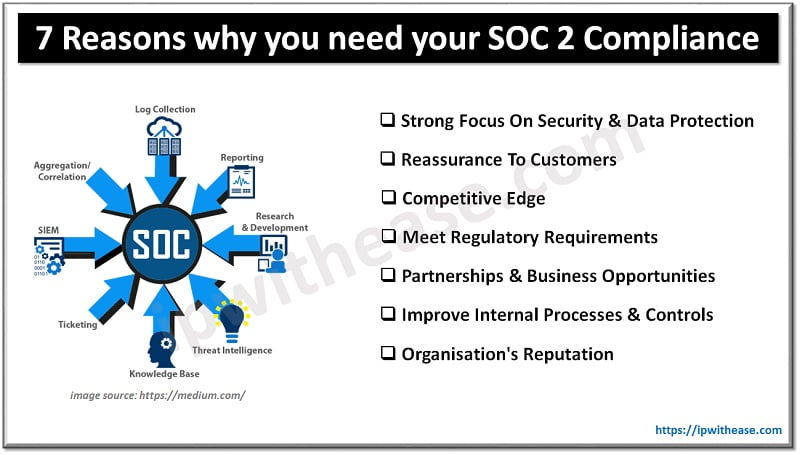Table of Contents
Organizational change can be daunting, especially in industries driven by rapidly evolving technology like IT infrastructure. Whether it’s restructuring teams, adopting new technologies, or implementing new processes, organizations often face significant challenges when navigating change. Properly managing these transitions is crucial for success. One effective method is seeking expert organizational change management consulting to help organizations prepare for and overcome the hurdles that often accompany these changes.
In this article, we’ll explore the best practices for successfully navigating organizational change in IT infrastructure, focusing on the importance of strategic planning, clear communication, and adaptability.
The Importance of Strategic Planning in Organizational Change
Strategic planning is the key to effective change management in IT infrastructure. A lack of a clear and well-thought-out plan increases the chances of confusion, misunderstanding, and operational hitches during transitions. It is crucial to have a clear strategy covering all the aspects of the change and ensure that every department is aware of its responsibilities.
In this case, goals refer to the objectives that are at the center of an organization’s change process. Are you installing new software? Do you want to enhance the effectiveness of IT teams by restructuring them? Or are you migrating from one system to another, say from a local server to a cloud-based system? However, the goal has to be clearly defined, irrespective of what it is. From here, it is possible to determine the processes required to accomplish these goals.
Risk management is another critical factor in strategic planning. IT infrastructure is a complex system where even a tiny problem can significantly impact the company’s functioning. It is crucial to have a contingency plan for any issues that may arise about organizational change. Anticipate any challenges that may arise in the future and develop ways of handling them before they occur. This could mean planning for system outages, ensuring a backup for critical data, or having extra IT staff on standby in case of any complications.
Last of all, a plan for when the change will have to take place is required. Failure to set timeframes may lead to what is commonly referred to as ‘drift,’ whereby changes are constantly postponed or never made at all. Having a timeline laid down is important so that work is always on schedule and there is no deviation.
Clear Communication: A Cornerstone of Change Management
There are many reasons why communication is considered to be one of the most crucial aspects of change management. When communication is not clear and unambiguous, teams are left to their own devices to try to understand what is expected of them, which often results in frustration, confusion, and resistance to change.
Communication should be regular, accurate, and coherent when dealing with change in the organization’s IT structures. The goals of the change, the expected results, and how the changes will affect each team or department must be stated. Everyone must know what is happening to eliminate fear, minimize resistance, and encourage compliance.
In addition, communication enables leaders to respond to concerns and feedback from the teams. This is particularly true for IT professionals, who can identify possible problems and obstacles that may arise during the implementation process. Communication is the essence of making everyone feel included and appreciated during change.
It is also important to update the change regularly so that all stakeholders are aware of it as it is being implemented. This can be done through face-to-face or telephonic communication, bulletins, or emails to inform the change process, testing outcomes, or deviations from the change plan.
Another factor that cannot be overlooked is communication in leadership. Managers should become the primary role models for change and demonstrate a willingness to embrace new procedures. Their openness and readiness to reply to questions can help build trust within a team.
The Role of Flexibility in Organizational Transformation
While strategic planning and communication are key to a successful transition, flexibility enables an organization to overcome unexpected obstacles. In IT infrastructure, change is not without its surprises; systems may not be as compatible as planned, users may not embrace the change as desired, or new technology may bring about the unforeseen.
Flexibility is the final component of adaptability, which means that leaders and teams must be flexible throughout the change process. This could mean that if some phases within the project take longer than expected, the implementation timeline may have to be changed, or if the tools being used are not performing as expected, then the tools may have to be changed. Flexibility is another crucial factor that determines the process’s sustainability and the project’s overall success.
Another best practice that can be very helpful to organizations experiencing change is promoting a change culture. This entails encouraging the teams to make changes to the plan and not feel restricted or limited in coming up with new ideas or strategies. This way of thinking can be especially beneficial in IT infrastructure, as the technology field is always changing. Organizations need to be flexible and constantly adapt to the changes that are happening in the industry.
Training and support are also critical to successful change. Change is inevitable in any organization and usually comes with new systems and procedures that employees need to learn. Offering this support guarantees that everyone is informed to perform their new tasks or use the latest technology. Training sessions, practical seminars, and the availability of support staff can go a long way in making the transition smooth and enabling the teams to accept change.
Conclusion
Change in IT structure is mandatory, and it may be due to the desire to introduce innovations, improve performance, or adapt to new technologies. However, achieving this change is more complex than intending to do so. It requires planning, effective communication, and flexibility. By adhering to these best practices, organizations cannot only endure but flourish during change.
ABOUT THE AUTHOR
IPwithease is aimed at sharing knowledge across varied domains like Network, Security, Virtualization, Software, Wireless, etc.



